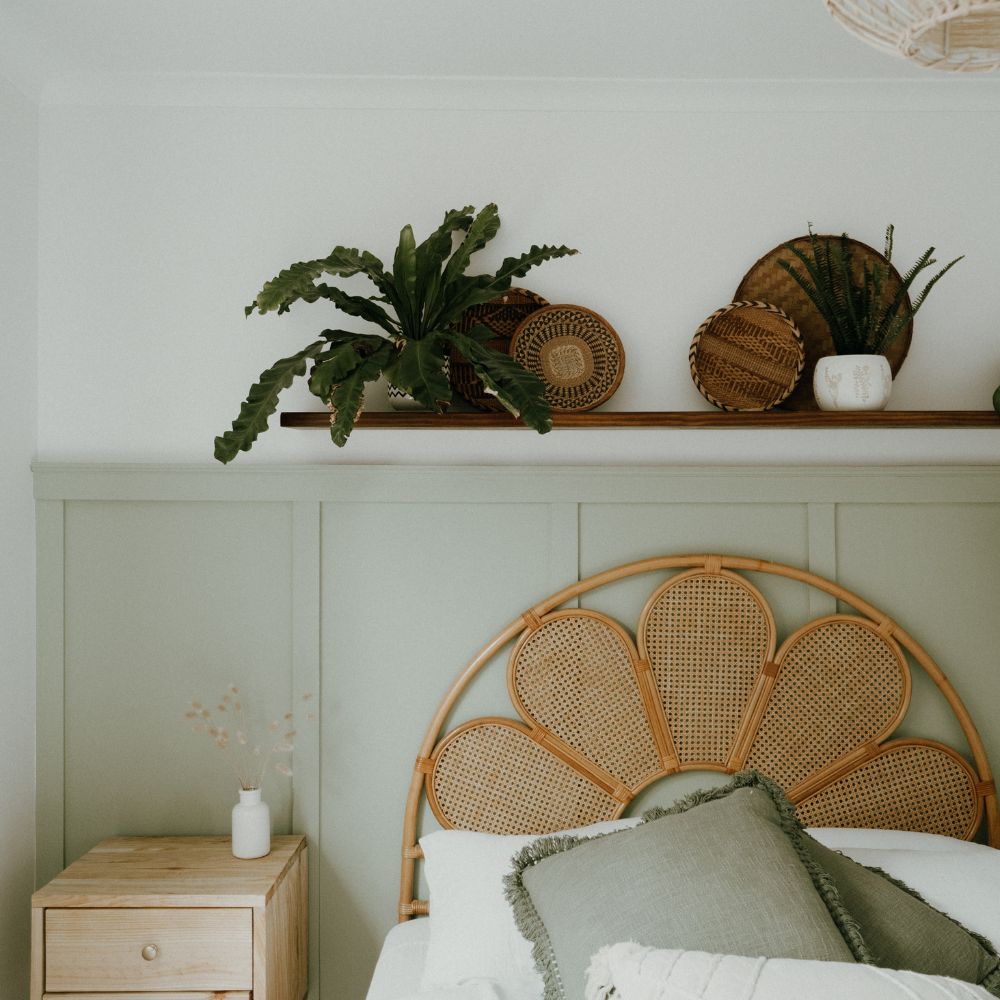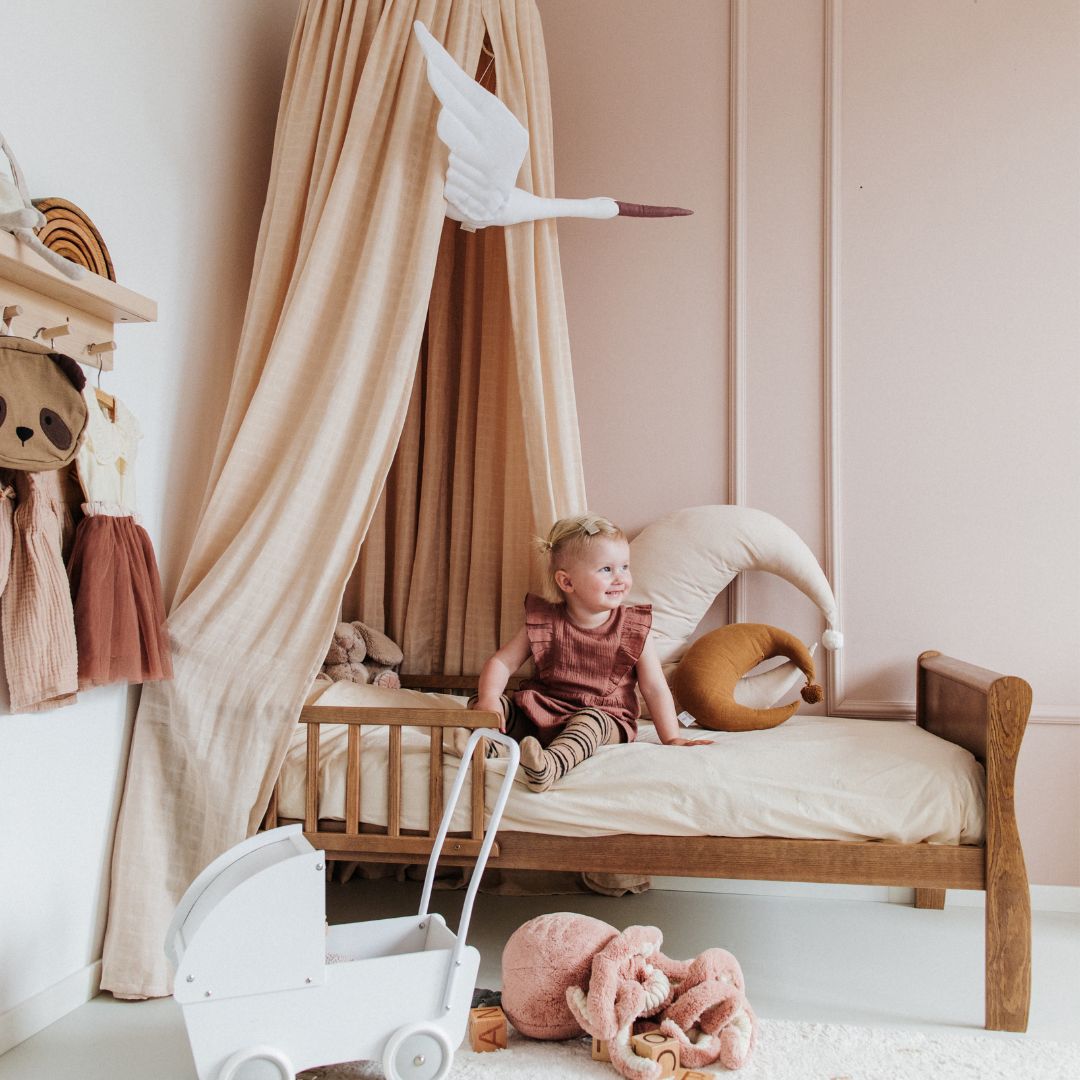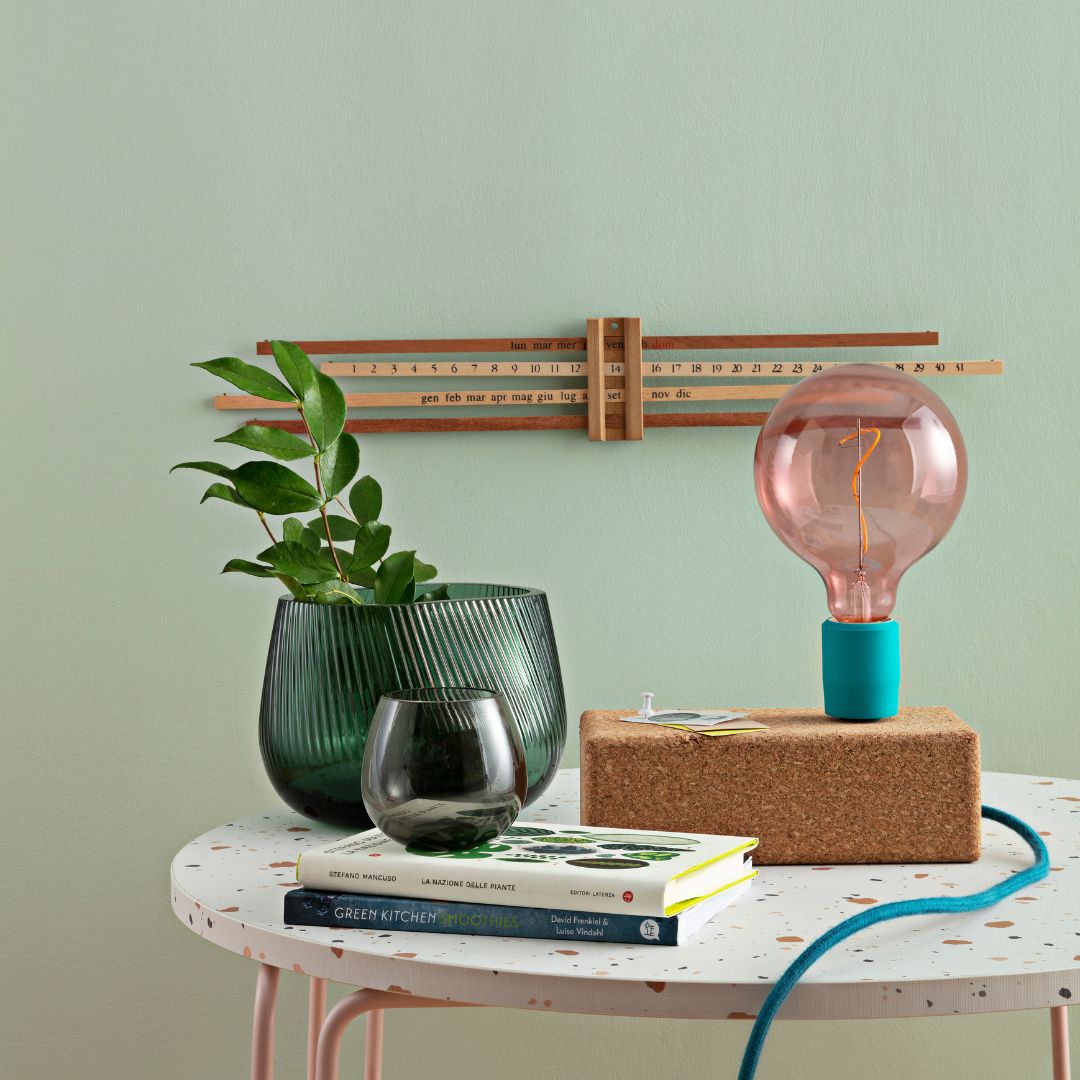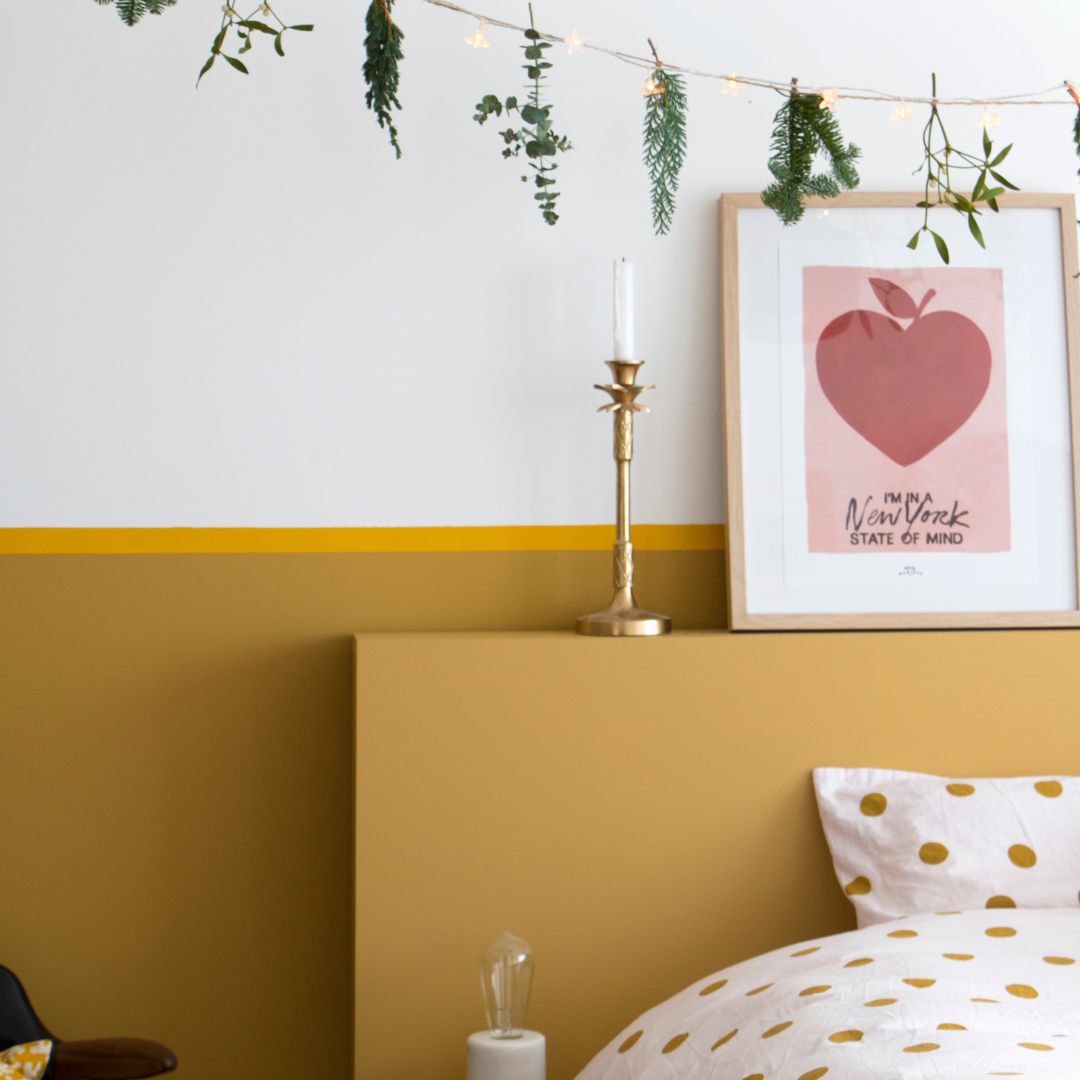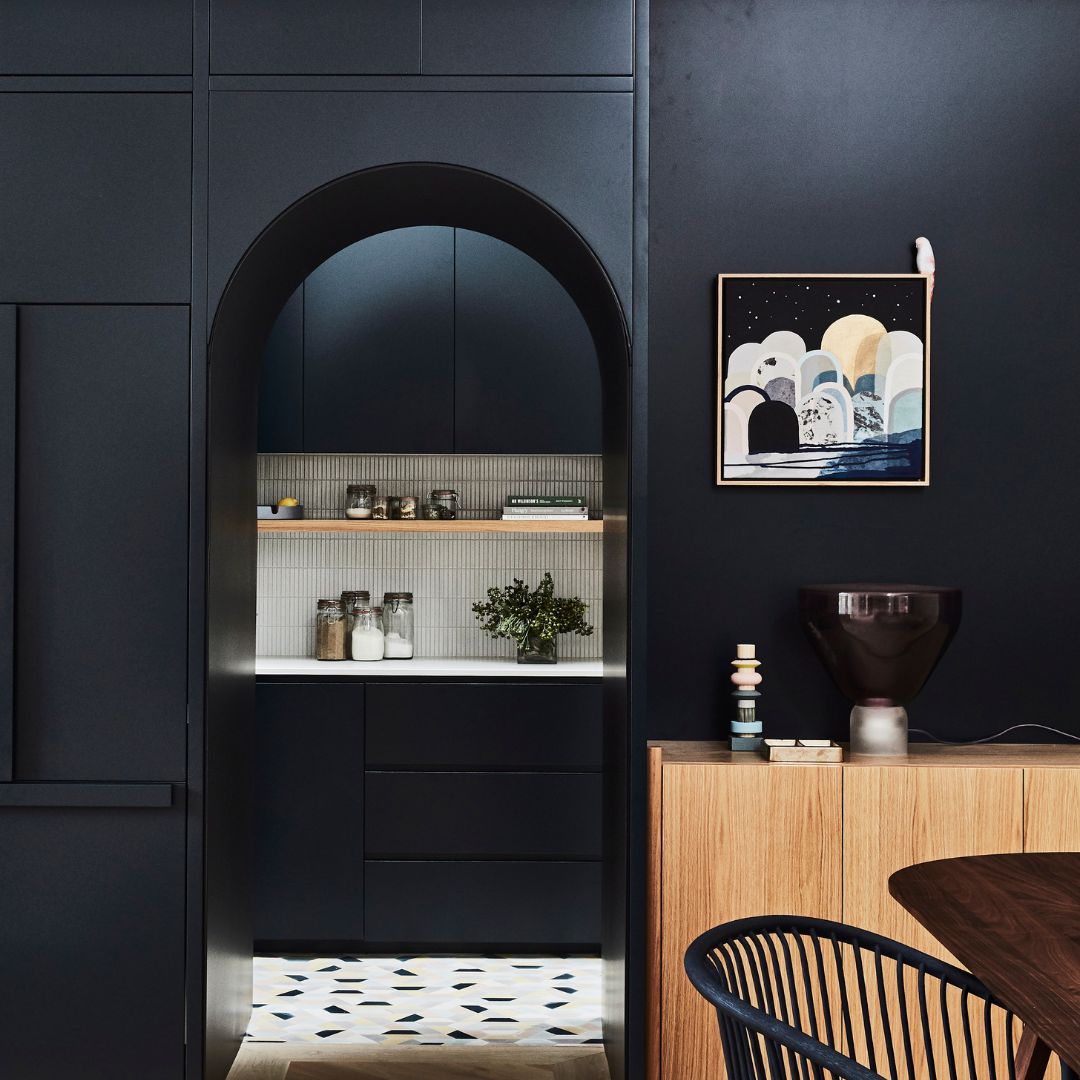| Difficulty: 1/5 |
|
Materials needed:
- Protective tarpaulin - Masking tape - Elbow grease |
You've already bought your paint , you've got the right brushes , put on your nicest clothes to do your work and you're eager to get started and see your room transform before your eyes... But don't go too fast! Above all, it's necessary to prepare your room well so that your painting session goes as smoothly as possible and you have nothing to worry about for yourself or your furniture.
Move your furniture
To begin, clear the area around you to clear as much space as possible. Move as much furniture as possible to another space that you won't be painting, and remove rugs and curtains to avoid staining your furniture with paint. The goal is to have the room as empty as possible.
If you can't move your furniture to another room due to space constraints or because it's too heavy, you can simply gather it in the center of the room you're about to paint, taking care to cover it with a sheet or tarp to protect it. You can never be too careful with your furniture!
Remove decorative wall brackets
Once the furniture is out of the way, take the time to remove your wall decorations and any objects that could be damaged during painting and that could get in your way. So put aside frames, paintings, photos, shelves, and other wall lights; all your decorations will be back in place once the work is finished!
Also consider removing door handles , screws, rods, or other items you don't want to paint.
Protect the soil
When it comes to painting, we tend to quickly focus on the wall(s) we want to paint. But don't forget to protect your floor from paint spills or accidents by installing a drop cloth. Choose a quality drop cloth that isn't too thin, as it could tear quickly.
To make it hold and fix it well, take the opportunity to equip yourself with masking tape , that is to say a special adhesive tape , generally blue or pale yellow. There are even masking tapes for certain specific surfaces (windows, metal, delicate surfaces, etc.).
Give your floor a quick vacuum and/or sweep to remove any dust or dirt that might be preventing the adhesive from sticking. Then unfold your tarpaulin and start by attaching the tape along one side, making sure that the entire length is covered and that there are no holes. Do not make your tarpaulin too taut to prevent an accidental or excessively forceful movement from tearing it prematurely.
Masking tape will also help you mark off and protect delicate areas that you don't want to paint. This is often the case for window sills, doorways, baseboards, or the edges of doors or outlets. This type of tape adheres well to surfaces, which will prevent paint from seeping through when you cover the area, and it can be removed without leaving a trace, leaving you with a flawless result.
If you're worried that masking tape won't be enough for some small areas, you can also unplug light switches and electrical outlets from your walls to avoid spills. Remember to turn off the power first, as the water in the paint you'll be applying later and electricity don't mix well.
Protect yourself
In addition to protecting your walls and floors , remember to protect yourself by wearing comfortable clothing that you don't mind staining or damaging, tie your hair back if it's long, and cover it with a cap or bandana to protect it from possible paint splashes. You can also wear a mask, safety glasses, and gloves.
After these few preparations, your room (and you!) should be ready for the other steps that await it before the big transformation: washing the wall, filling the holes, applying an undercoat... Quickly view the different steps by reading our article !
